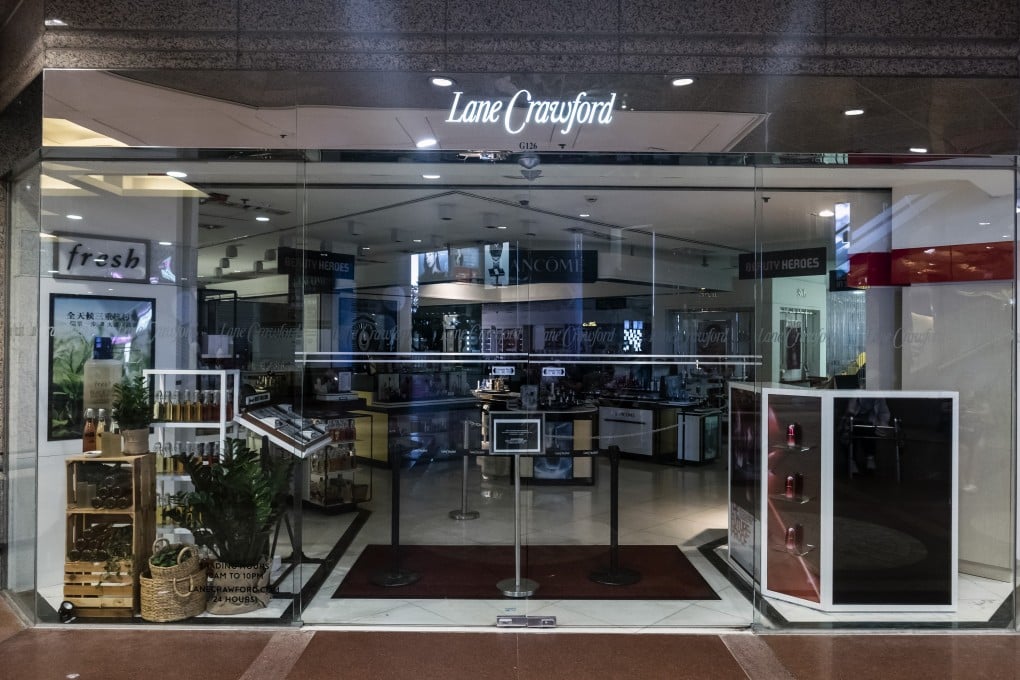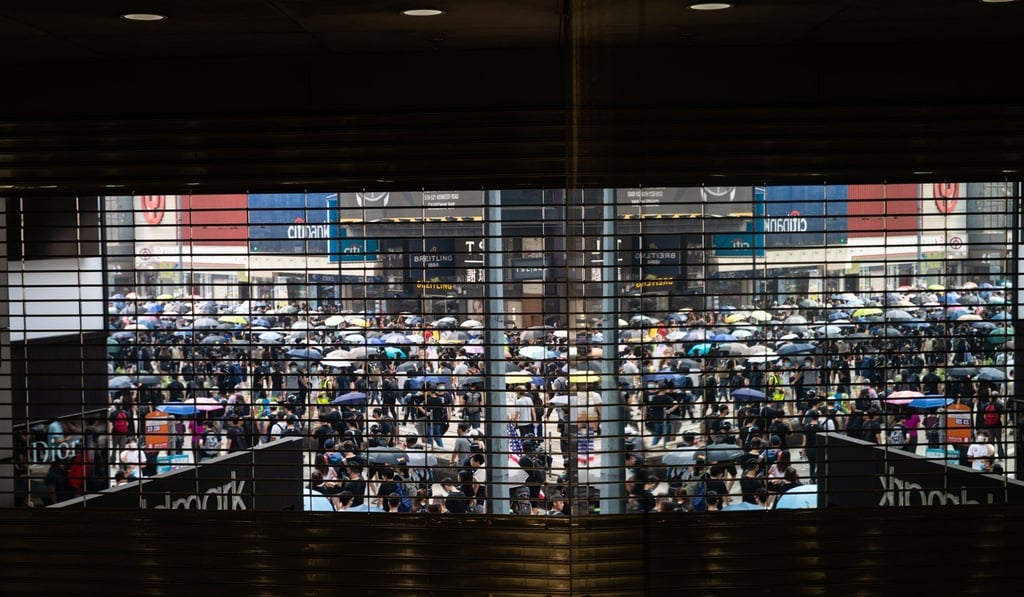Clock ticking on Hong Kong luxury store closures if protests continue – it could end up like a third-tier city in China, LVMH executive says
- Hong Kong is the most important market in Asia for luxury brands – as a stepping stone to mainland China and a magnet for shoppers from there and wider region
- Brands are unlikely to invest more in the city now and could start downsizing as soon as January, an adviser to the luxury retail industry says

How can a city of 7 million people be of such vital importance to the luxury industry? It’s a fair question to ask, especially for those unfamiliar with Asia and the role that Hong Kong has long played as a gateway to China and the rest of East Asia for companies entering the region’s thriving retail market.
While the ultimate goal of global brands is to make it big in China, they’ve always used Hong Kong as a springboard, testing the waters in the city before expanding to China with physical stores or even just a presence on e-commerce platforms such as Tmall. (Tmall is a unit of Alibaba Group, which owns the South China Morning Post.)
Thanks to its welcoming and transparent business environment, relatively low taxes and efficient infrastructure, not to mention its mall culture, Hong Kong has attracted luxury stores – as well as the Asian headquarters of Western luxury groups – for the past three decades.

The rise of the Chinese middle class has played a significant role in the growth of the city’s retail scene.